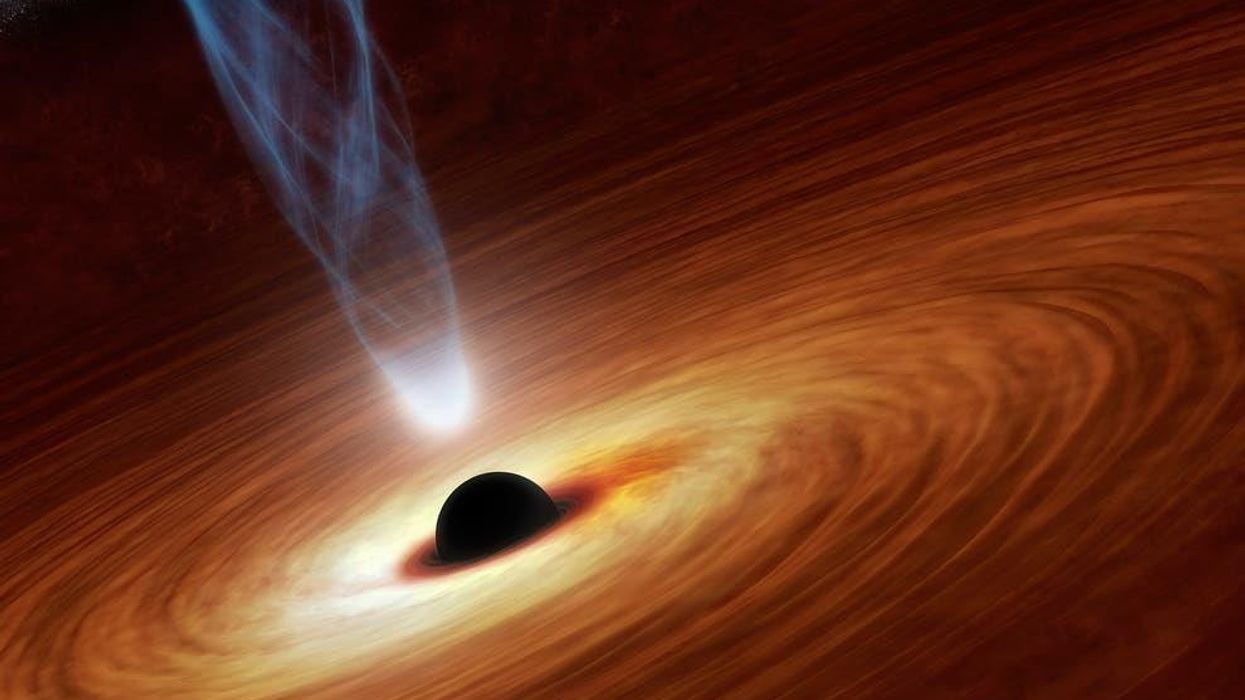Scientists are reeling after they spotted a mysterious object that releases huge blasts of energy three times an hour.
Although the unknown object has yet to be properly identified, it has been reported to be 4,000 lightyears away.
“This object was appearing and disappearing over a few hours during our observations,” said Natasha Hurley-Walker, from the International Centre for Radio Astronomy Research, who led the research.
Astronomers say they've never seen anything like it before.
Per The Independent, Hurley-Walker added: "That was completely unexpected. It was kind of spooky for an astronomer because there’s nothing known in the sky that does that."
“And it’s really quite close to us—about 4000 lightyears away. It’s in our galactic backyard," she concluded.
So what can this object be? Astronomers are speculating that this is a neutron star or a white dwarf due to its powerful magnetic field.
The object was first spotted by a student at Curtin University, named Tyrone O’Doherty who discovered the object using the Murchison Widefield Array (MWA) telescope in outback Western Australia.
“It’s exciting that the source I identified last year has turned out to be such a peculiar object,” said Mr O’Doherty, who is now studying for a PhD at Curtin.
Since it was found, astronomers have been scrambling trying to learn more about the object.
Sign up to our new free Indy100 weekly newsletter
Currently, it's spinning around quickly in space so that the beam of radiation hits us three times every hour; with one minute out of every twenty becoming one of the brightest radio sources in yer sky.
“The MWA’s wide field of view and extreme sensitivity are perfect for surveying the entire sky and detecting the unexpected,"
“It’s a type of slowly spinning neutron star that has been predicted to exist theoretically,” said Dr Hurley-Walker.
“But nobody expected to directly detect one like this because we didn’t expect them to be so bright.
“Somehow it’s converting magnetic energy to radio waves much more effectively than anything we’ve seen before," Mr O’Doherty explained.
A paper describing the research, ‘A radio transient with unusually slow periodic emission’, is published today in Nature.
Click the upvote icon at the top of the page to help this story ride through the indy100 rankings and have your say in our news democracy.













